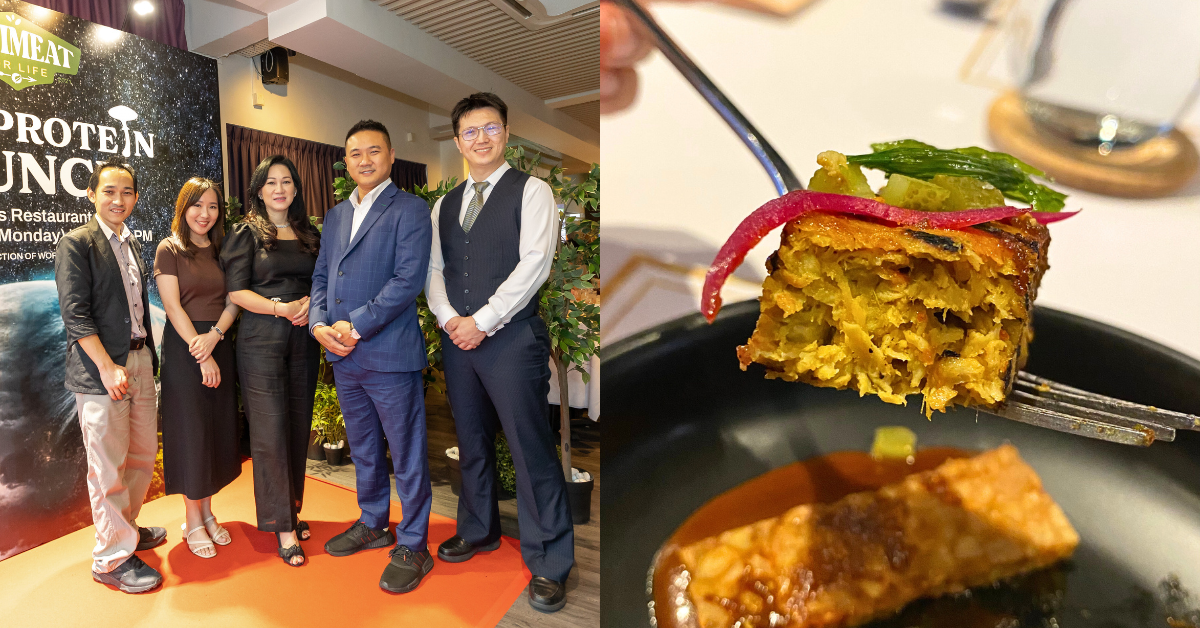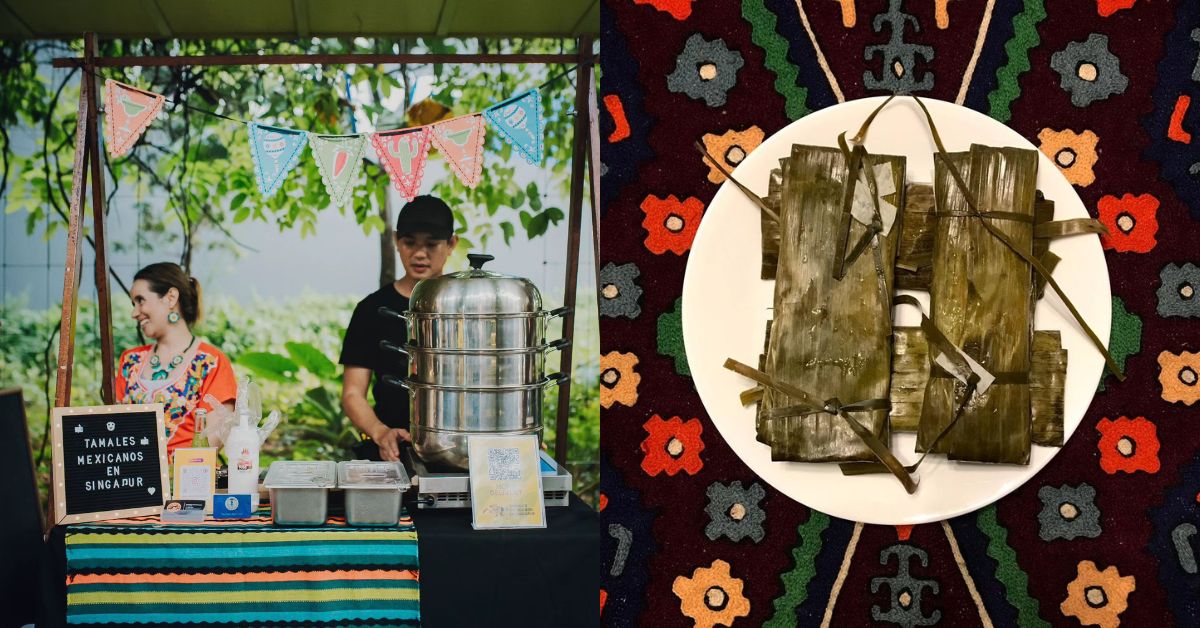Author’s Blurb: I’m not much of a seafood fan, but when I do enjoy it, it’s usually fresh seafood as opposed to processed seafood products. Many of us might not be going out to grocery stores for our seafood supply now and opting to order online instead, but how is all this seafood able to reach our homes fast and fresh?
When it comes to stocking during the MCO, people aren’t just buying a bunch of non-perishable food and frozen meat, they’re also buying fresh seafood at an increased rate.
Abdul Hamid of the National Fisherman’s Association (NEKMAT) told Bernama that they’ve seen a five-fold increase in sales since the MCO was first announced.
Their numbers jumped from a monthly average of RM10,000-RM20,000 to exceeding RM120,000 in just under a month.
A hypothesis by David of Fish For It is that it could be because households in general were cooking much more now, and therefore with the need for seafood and the inability to go out as normal to purchase it, people have resorted to buying it online.
Eddie of The Fish Club shared that since frozen food could be stored well for months, people tend to stock up on frozen seafood and meat, similar to daily necessities, in this critical time.
A New Catch Of Customers
There’s no doubt that they’ve all experienced a high influx of new customers, either through word of mouth or coming across shared posts of the businesses on social media.
David shared that Fish For It had gotten a boost from a list someone made at the start of the MCO that listed online grocers who were doing home delivery services, and thanks to it, their audience has evolved.
“Our primary audience used to be the 25-34 age group, and now our following from the 35-44 age group has expanded too. Additionally, we have senior citizens calling in to place orders over the phone,” he elaborated.
Many of these customers appear unfamiliar with online shopping too, so the team will walk them through the purchasing steps.
To Eddie, he believes that the MCO has given new customers a reason to try out online seafood shopping, which is a welcome development.
However, to quite a few of us, fresh seafood might be a luxury that we enjoy once in a while at home or only at restaurant dinners, and we might have a preference for pricier, imported seafood.
Does this mean that people are mostly buying cheaper fish types for everyday home consumption now?
Eddie shared that they are receiving more customer enquiries for cheaper fish types these days, even for some that aren’t even in The Fish Club’s product range yet.
“But since most of our seafood are wild caught and our fishing boats are generally smaller compared to commercial vessels, it all depends on the season and also fishermen’s catch of the day,” he added.

At Fish For It, they’ve been getting various demands, but in David’s opinion, this is the best time for them to push the concept of local seafood to many who aren’t familiar or aware of what our local seas have to offer.
Seafood Supply Isn’t Really The Issue
When the MCO first started, local fishermen’s activities were affected by the sudden drop in bulk buyers due to the restricted operations of wet markets, restaurants and factories, David shared.
At one point, they even had to halt their fishing trips for a few days, which caused The Fish Club to face a shortage of local seafood for a while.
On Fish For It’s side, the business itself halted operations for several days out of concern for customer and team safety.
But the continuous demand pushed them to resume business with detailed planning for operations and precautions, along with a smaller working team.
With their operations resumed, their volume of supply has returned to a steady pace, and Eddie of The Fish Club also shared that they no longer face the issue of supply volume.

As for NEKMAT, Abdul Hamid told Bernama that they have a fish stock of 50 tonnes at all time, though they’ve still made changes to their operations in order to smoothen things out.
Supply is one thing, but being able to deliver the supply to the customers asking for them is another thing.
Due to NEKMAT’s high traffic, they’ve halted the sales of their individual fresh seafood products and are instead offering multiple packages of mixed seafood.
This has helped them with not only keeping the supply consistent, but also enabling them to deliver more efficiently.
From Ocean To Doorstep
Eddie shared that two of their biggest challenges during the MCO have actually been production and last-mile delivery.
“As our production requires a lot of packaging work and thorough QC, it was rather challenging for us to keep up with the sudden spike in orders, given limited manpower available. On top of that, not being allowed to operate overtime has made our work even more hectic.”
Their heavy reliance on third party logistics companies and packaging material manufacturers has also affected their operations, as these parties are also being negatively impacted by the MCO.
As a result, The Fish Club had to make a few changes to their delivery coverage, schedule, and packaging method.

“We’re still facing a shortage of insulative packing boxes and ice packs, which are essential to keep our goods nice and frozen. Hence, we had to temporarily suspend delivery service to other states and opt for on-demand delivery service to fulfill the high volume of orders within our city,” Eddie said.
For Fish For It, David said that their biggest challenge has been transportation.
“From our landing base in Sg Besar, our lorries that deliver our seafood to our operations centre in PJ encountered many road blocks at the start of MCO. And once we disseminate our deliveries to be sent to our customers, our delivery riders and drivers encounter many road blocks too,” he said.
Now they’ve since obtained the necessary documents to get through the road blocks, and their method of packaging is to flash freeze the fish and vacuum pack it, then pack that within a big cooler bag to retain the temperature and freshness during delivery.
Bottom Line: I had been wondering if the MCO would mean a restriction on fishing or going out to sea in general, but my curiosity has now been satisfied. So while supply is no longer an issue, I was reminded once again that there are a lot of other (sometimes) forgotten processes that go into fresh seafood delivery, such as how it’s packaged for the trip.
- You can read more about what we’ve written on the MCO here.
Featured Image Credit: Fish For It / The Fish Club









